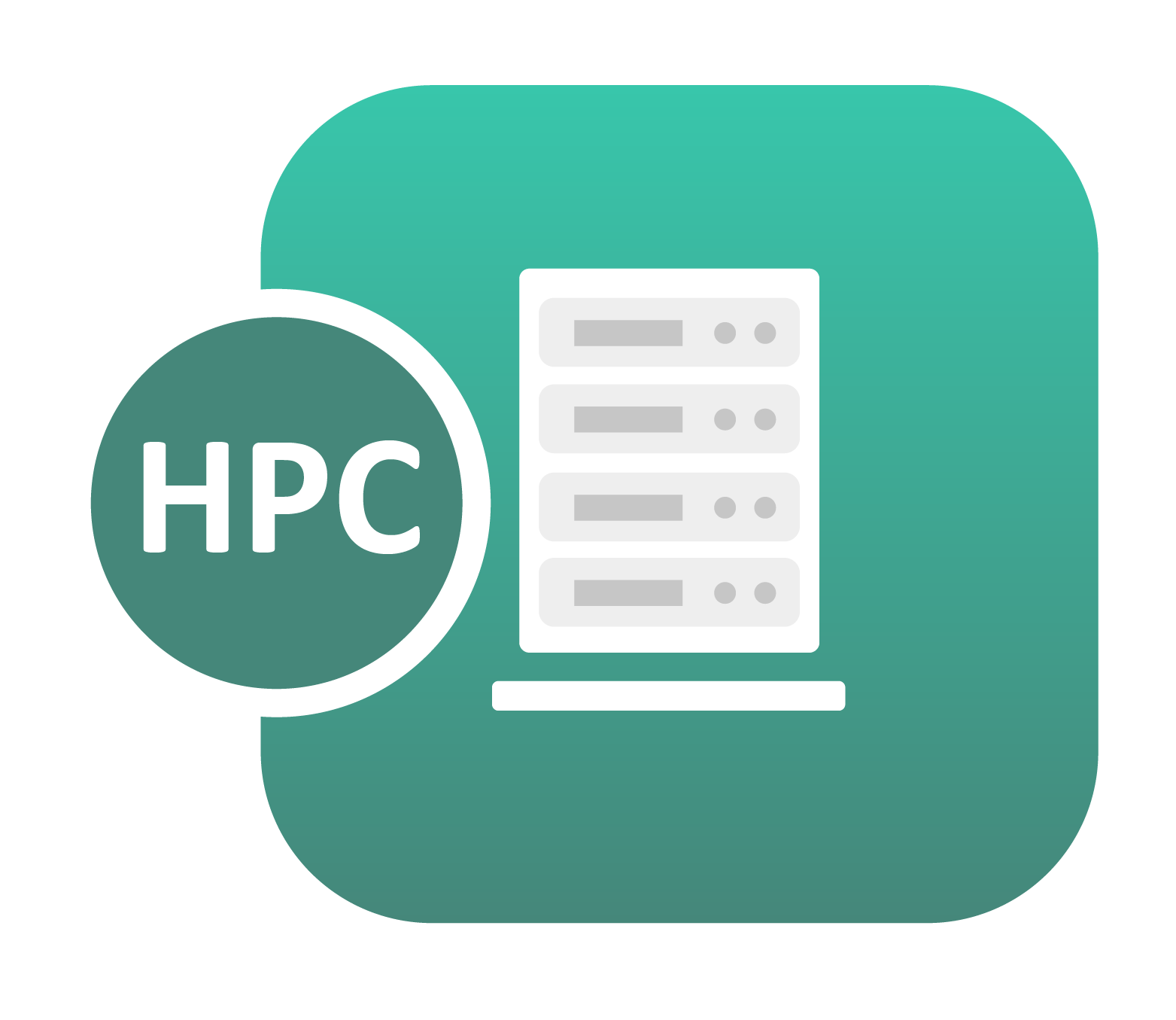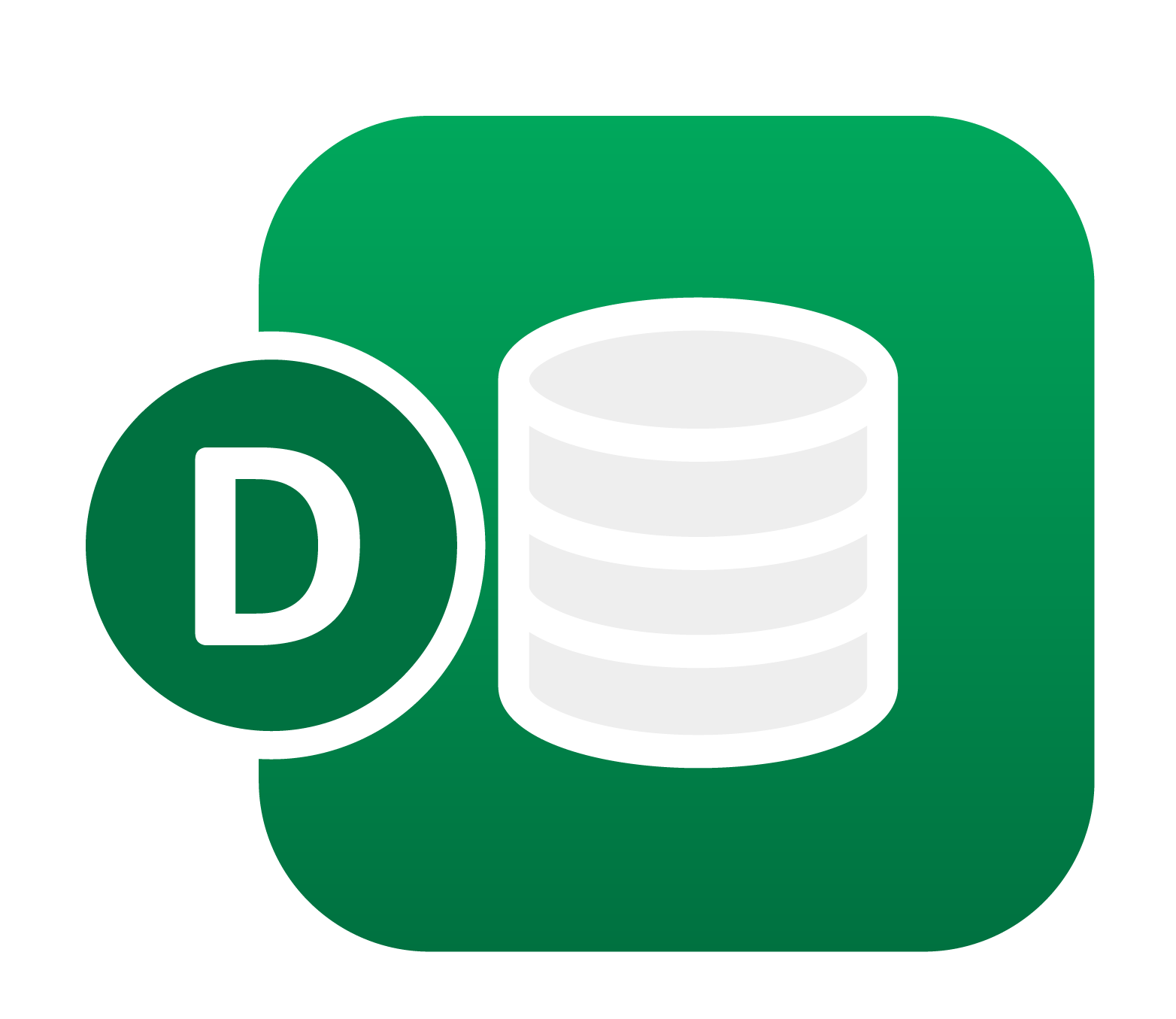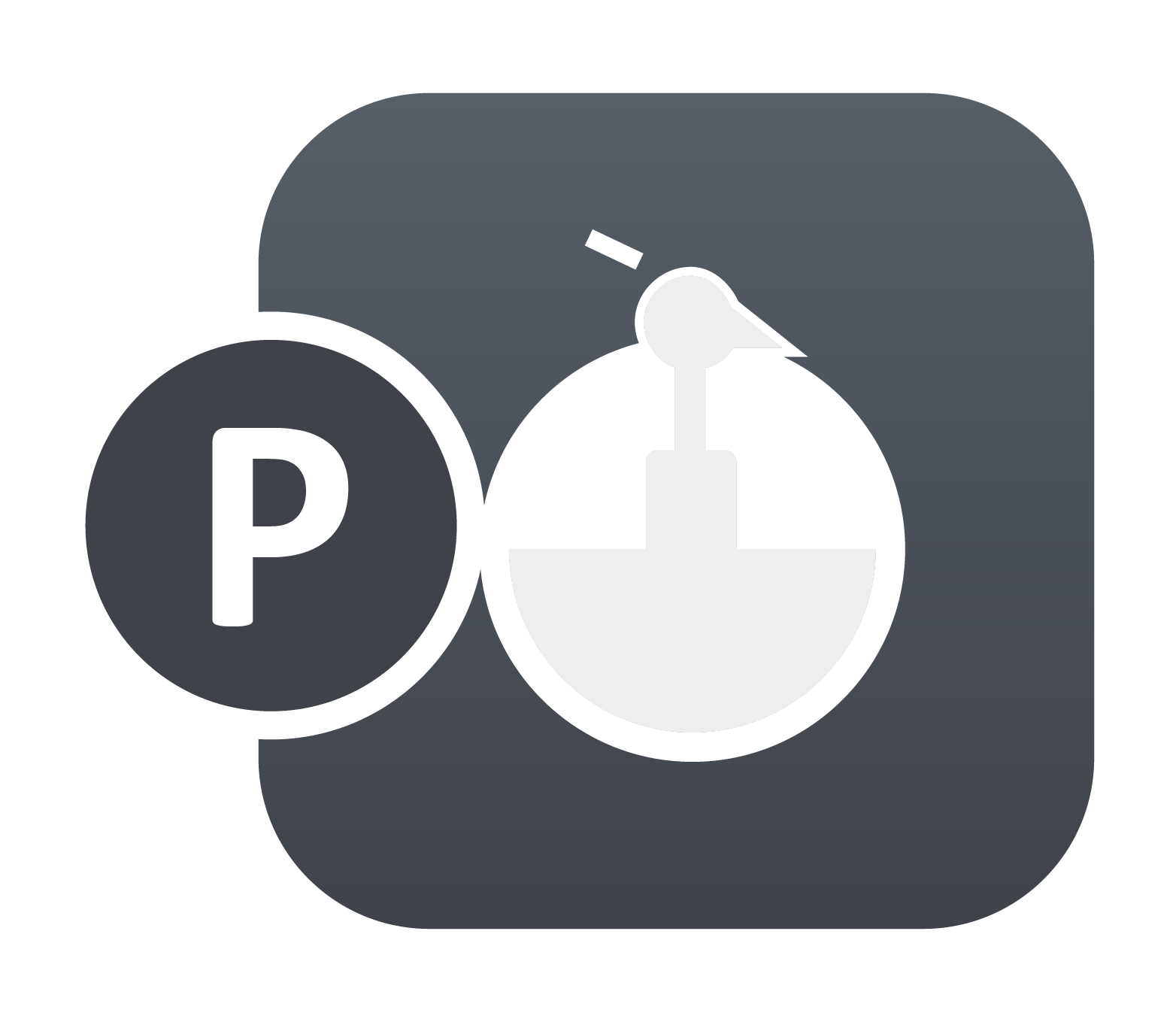Seamless Mesh Coarsening for Shell Elements in LS-DYNA
Element count in finite element simulations are increasing faster than the “Moores law” used in chips. There are several reasons for this increase among which the single-model-multi-loadcase philosophy is certainly one of them. Earlier approach of building load-case-dependent models were both cumbersome, data duplication and big challenges for design change integrations. In today’s simulations, one-model…












